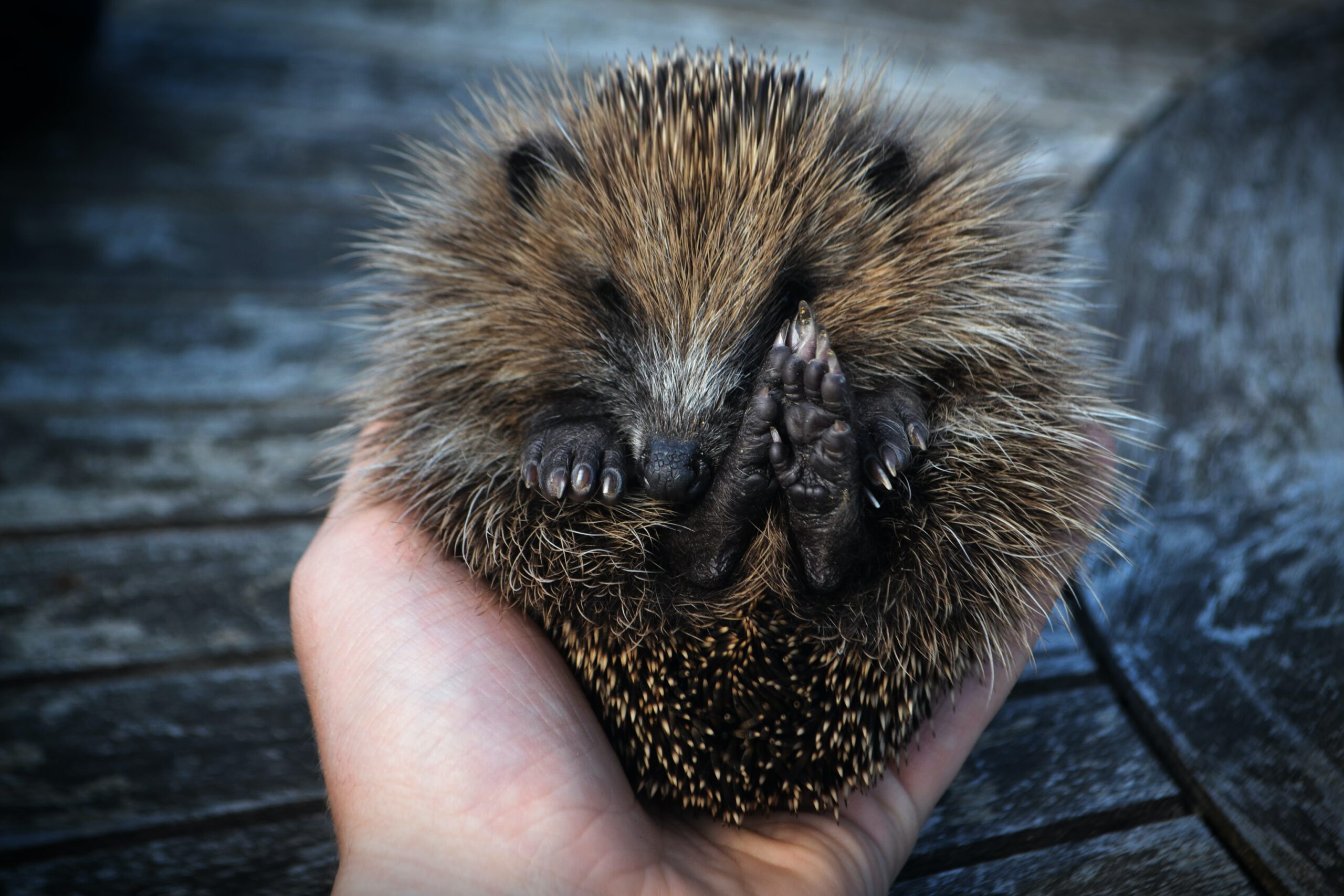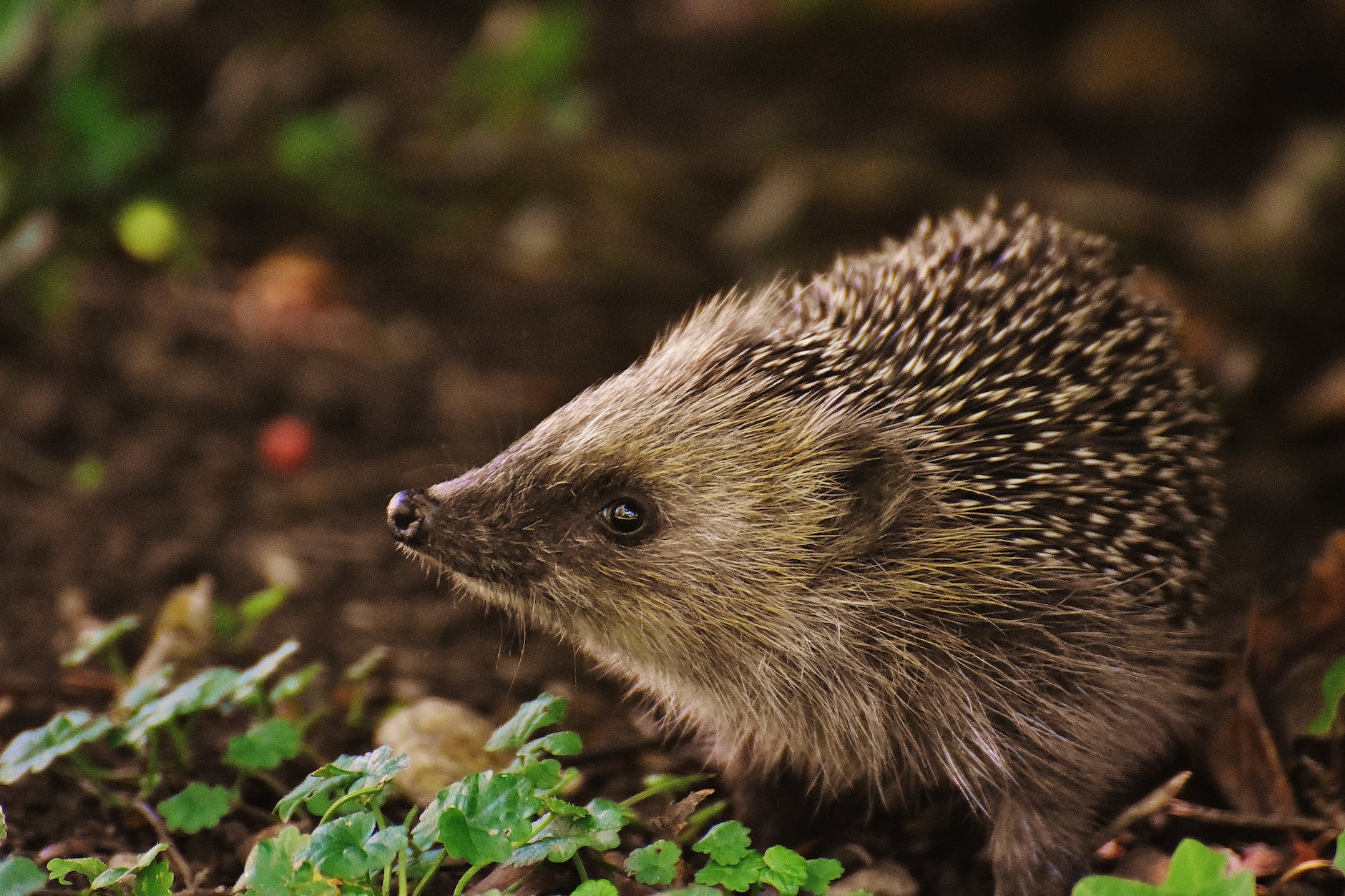Do animals have conciousness?
For years, scientists and animal rights enthusiasts alike have been fascinated by the potential capacity of animals to process the world through conscious perception. Interestingly though, it isn’t zoologists or activists who are leading the charge into research on animal sentience – it’s philosophers!
Philosophy professor Albert Newen and PhD student Leonard Dung are investigating not only how consciousness should be characterised, but also which animals have consciousness and how conscious perception may be similar or different between species. Although the concept of animal sentience has been touched on in the past by moral philosopher Peter Singer in his 1975 book entitled Animal Liberation, the term was then used as a “convenient if not strictly accurate shorthand for the capacity to suffer and/or experience enjoyment”. Singer believed that defining animal consciousness through the lens of intelligence or rationality would be “arbitrary”; conversely, Newen and Dung assert that sensory processing alone does not necessarily equate to consciousness, and that there has to be something more.
So what is consciousness, and how can it be quantified?
Perhaps high intellectual capacity isn’t the sole basis of sentience, but it may be a piece of the puzzle. Newen and Dung posit that there is a strong correlation between episodic memory (the ability to remember events with context) and conscious perception – but that’s not all. In fact, they began their research by defining consciousness in terms of the presence of not one but ten distinct characteristics which include reasoning, a rich emotional inner life, and self-awareness to name just a few. They then began observing animal behaviour in order to determine which animals display actions that are indicative of the possession of these characteristics. For example, primates have been observed to “perform motivational trade-offs, play, [and] have judgement biases”; Newen and Dung assert that these behaviours are signs of a rich emotional inner life, which in turn indicates a level of sentience.
It could be tempting to draw the conclusion that because Newen and Dung have devised a way to quantify aspects of consciousness, we can now ascertain which animals are more conscious than others. However, this isn’t necessarily the case. Various animals granted consciousness through this understanding of sentience may display high levels of one characteristic, and low levels of another. In addition to this, not all of the ten dimensions of consciousness even have to be present in an animal in order to indicate high levels of sentience. In Newen’s words, “it is not necessarily worthwhile to ask whether a mouse has more consciousness than an octopus. You may get a different answer, depending on the aspect of consciousness that you are looking at.”

What are the findings?
The aim of Newen and Dung’s research was to create and implement a taxonomical system that would make it possible to accurately measure how sentience presents differently between animal species, and also in relation to the conscious perception of humans. Their findings do shed some light on the potential link between external behaviour and internal processes, but Newen and Dung concede that their research would be greatly enhanced by input from other academic disciplines such as neuroscience; they conclude their research with the hope that their paper can contribute towards the discussion of animal sentience by “motivating and guiding further empirical research”. In the meantime, their theoretical, ten-dimensional approach to consciousness – a fascinating cocktail of philosophical reasoning and ethological methodology – is a solid starting point for further exploration.
Article by Sarah Bessie.




